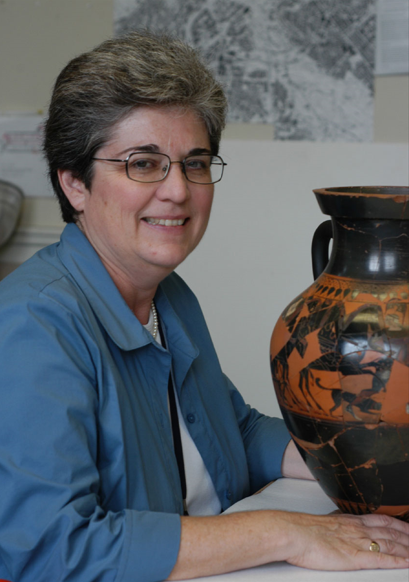
Colloquium, Department of Classical Studies
402 Cohen Hall, 249 South 36th St.
4:15-4:45 pm: Coffee and cookies in Cohen Hall 2nd Floor Lounge. All are welcome.
In the late 1890’s, the University of Pennsylvania Museum acquired a large collection of vases and fragments from excavations at the Etruscan city of Orvieto. Those excavations, sponsored by the Museum with the financial assistance of Philadelphia department store founder, John Wanamaker, helped the new institution acquire scientifically excavated and documented material that could be legally exported. The project was overseen by the Museum’s agent in Italy, Arthur L. Frothingham, who made an arrangement with Riccardo Mancini, a prominent local Orvieto landowner, who had been excavating on his own land for some twenty years. Extensive archival research in Philadelphia, Rome, and Florence has shown that the majority of the Museum’s most significant group of Attic black-figure pottery, including three vases by Exekias, comes from a single tomb that Mancini excavated in 1896 in Orvieto’s Croficisso del Tufo necropolis. In addition to establishing the original archaeological context of the Orvieto Attic black-figure vases, archival research has also recovered their complicated history after they arrived in Philadelphia, in hundreds of fragments, in 1898. It took many years for the Museum to make the material suitable for display and study, and that story, as well as the history of their exhibition in the Museum, unfolds in photographs, correspondence, and reports.


